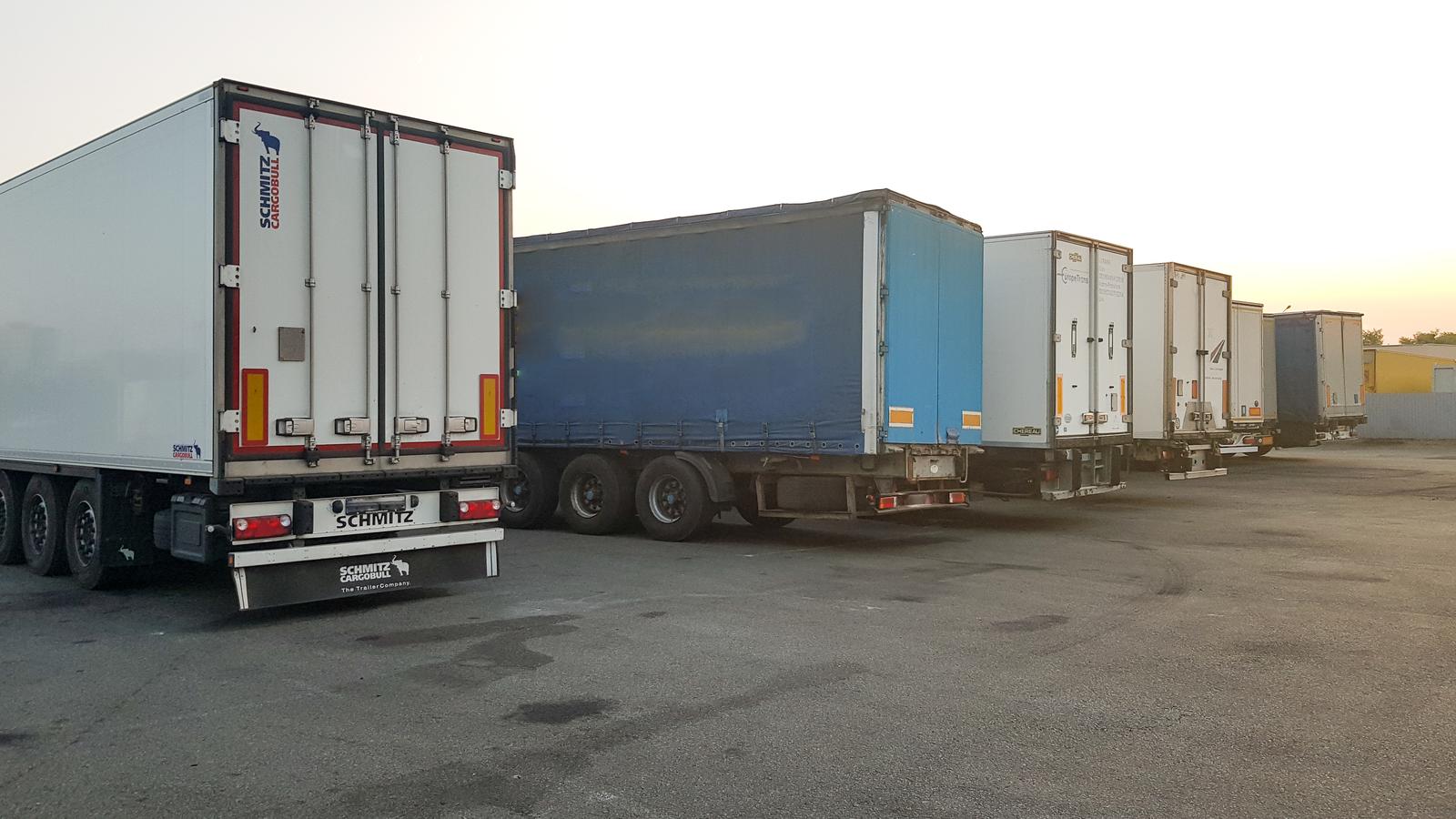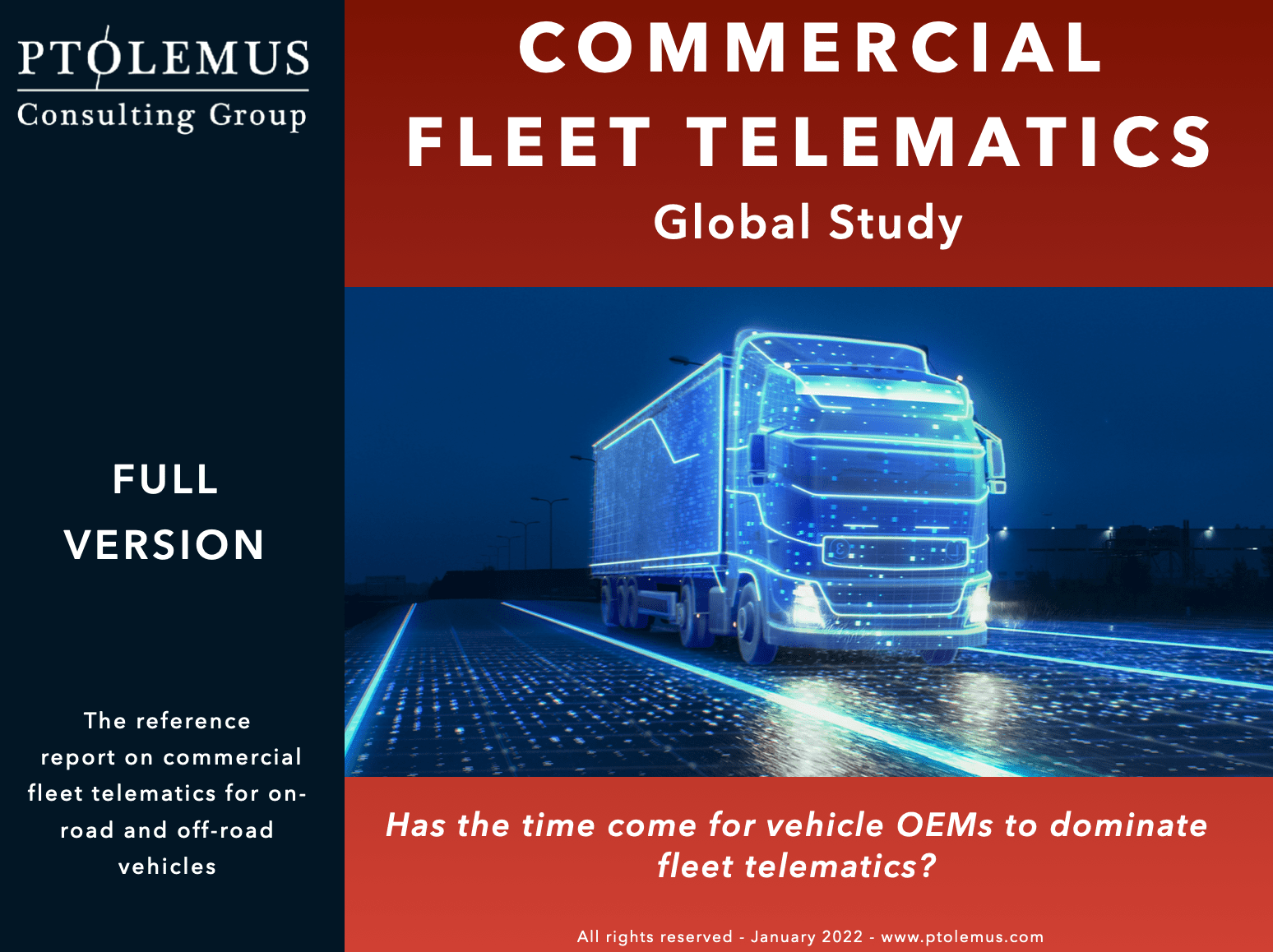What is CRT (Commercial Road Transport)?

Commercial road transport (CRT) refers to the movement of goods and passengers by road for commercial purposes. This includes the transportation of goods or people by trucks, buses, taxis, and other vehicles that are used for business purposes.
In the case of goods transportation, CRT involves the movement of goods from one place to another for a fee. This can include the transportation of raw materials, finished products, and other goods between businesses, from businesses to consumers, and vice versa.
CRT vehicles are distinguished from maintenance and utilities vehicles, which are often operated by maintenance service providers. CRT fleets operate light commercial vehicles (LCVs, with a gross weight of 3.5 tonnes or less), and heavy goods vehicles (HGVs, with a gross weight of more than 3.5 tonnes). HGVs, operating with one or multiple trailers, have high and international mileage, while LGVs (such as vans) are used for last mile delivery. Moreover, different drivers with different driving behaviours can drive the same vehicle in shifts. Thus, in order to maintain efficiency and road safety, fleet operators need to be equipped with fleet telematics technology to best manage these vehicles.
In the case of passenger transportation, commercial road transport involves the movement of people from one place to another for a fee. This can include the transportation of passengers by buses, taxis, ride-sharing services, and other vehicles for commercial purposes. Vehicles used in passenger transportation are typically buses or cars.
Commercial road transport plays a vital role in the economy by facilitating the movement of goods and people between different locations. It is an essential component of the supply chain and enables businesses to deliver their products to customers and consumers to travel to work, school, and other destinations.
To learn more about commercial road transport and other fleet related topics, review our fleet market research reports.

